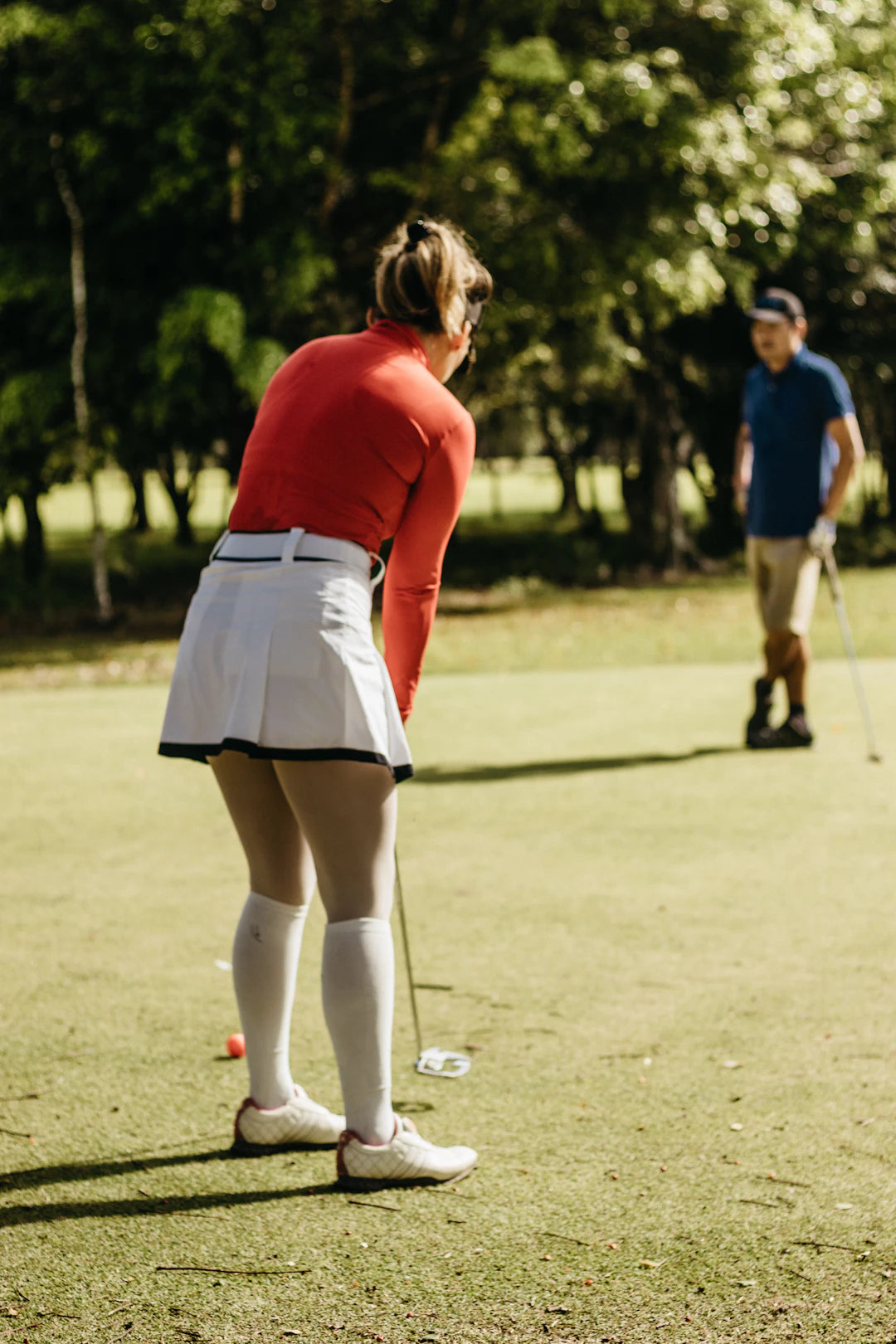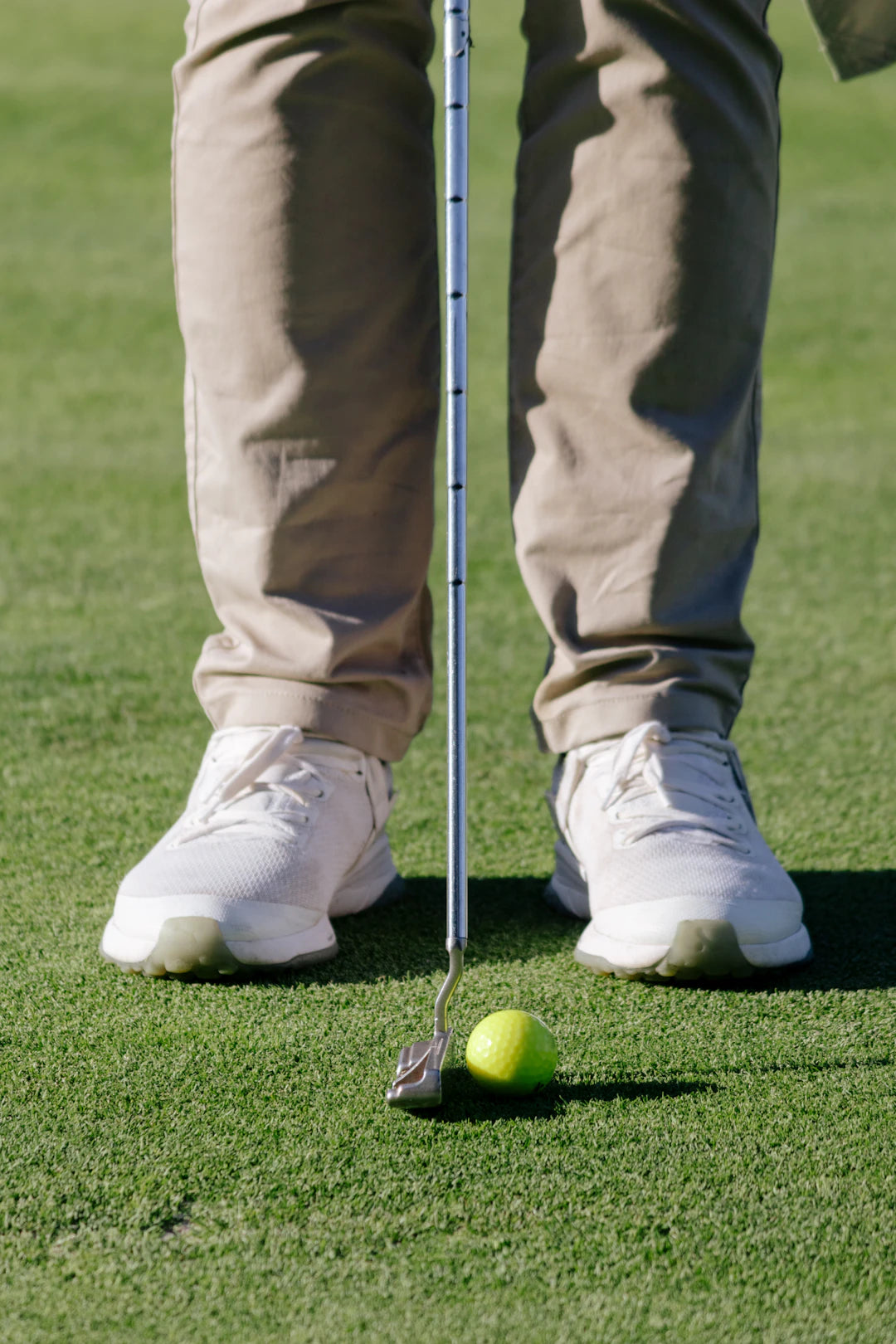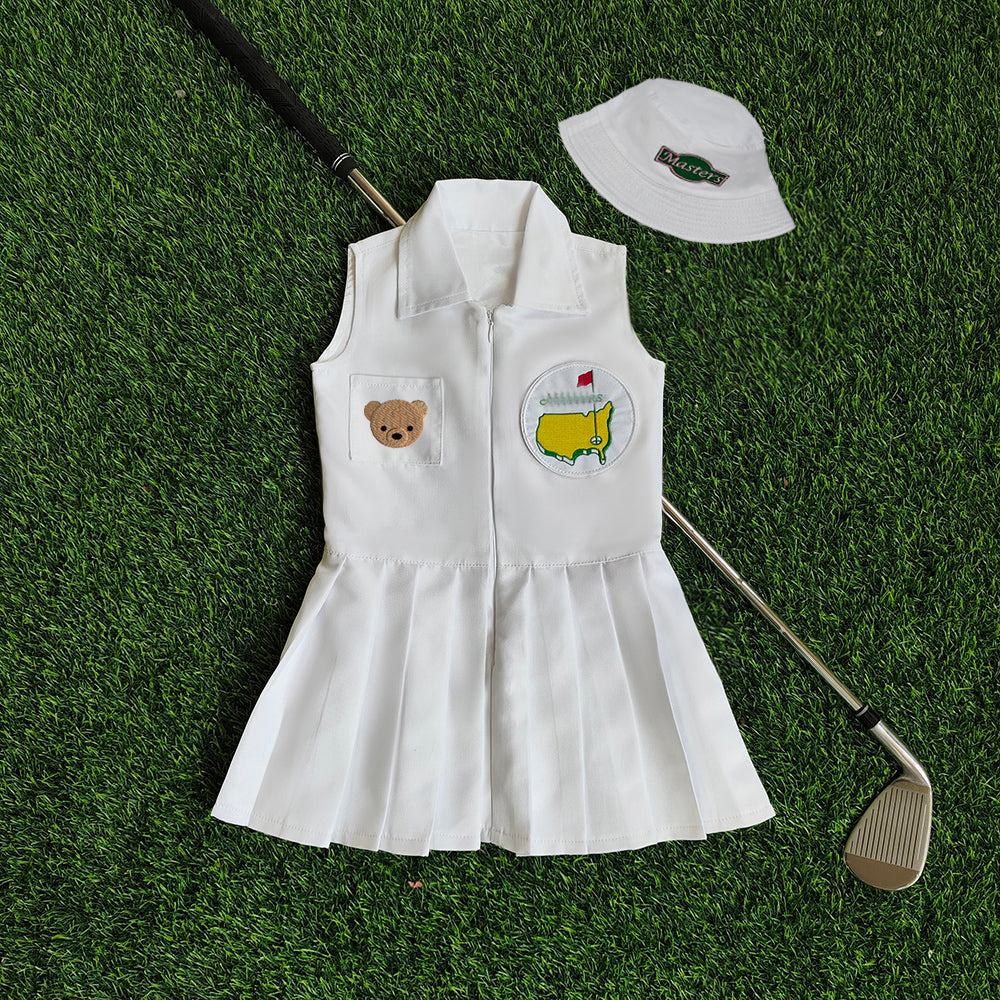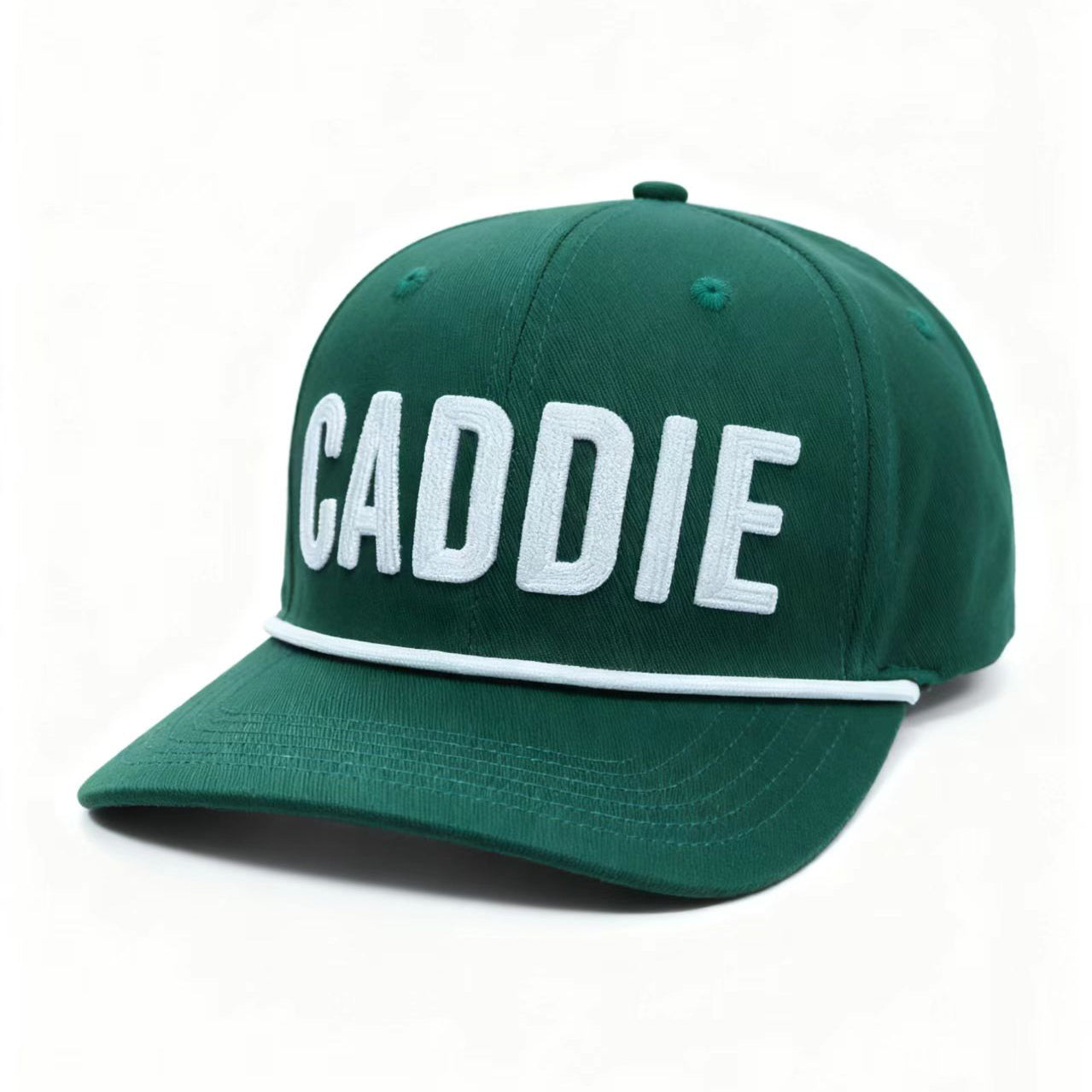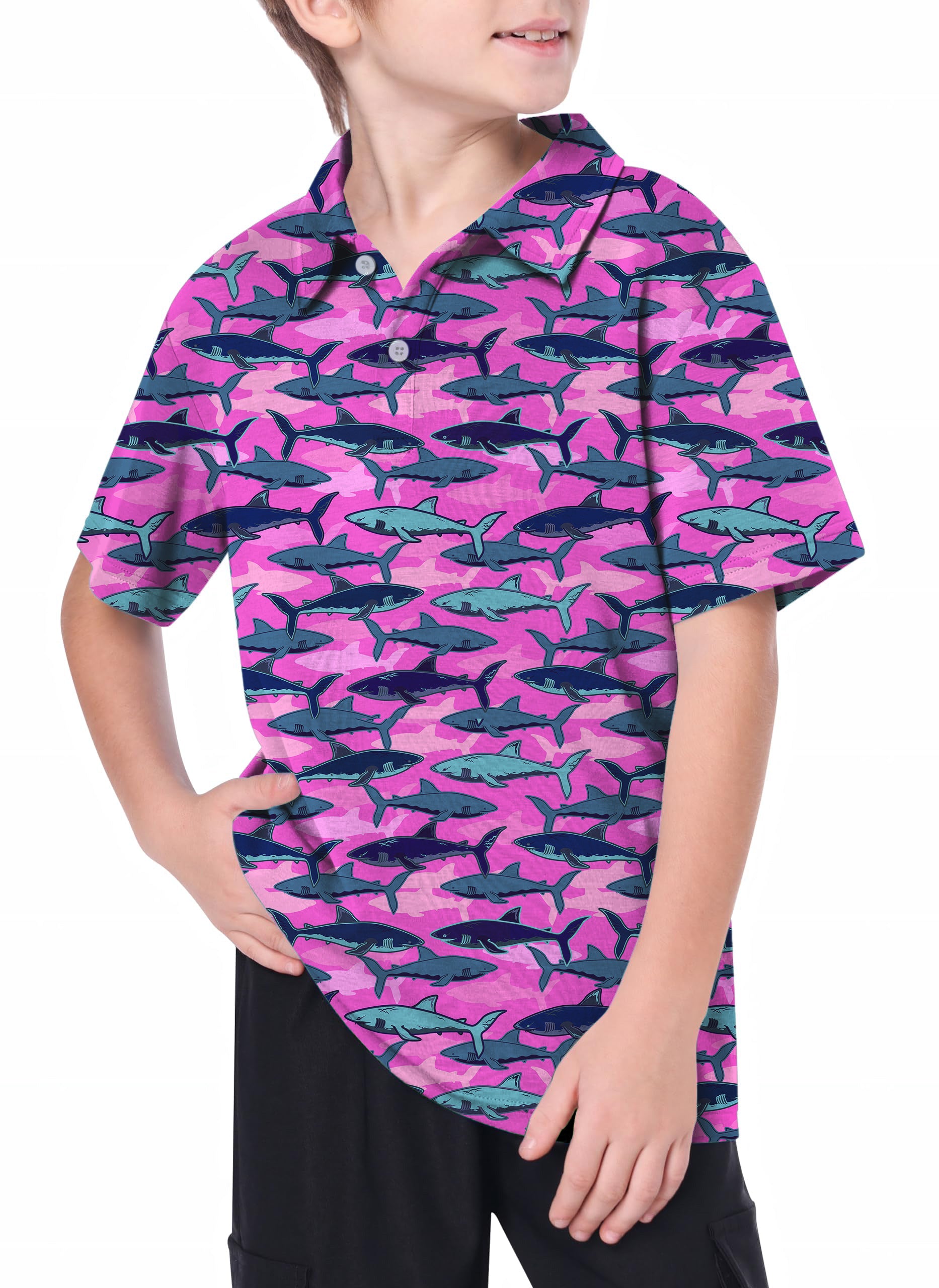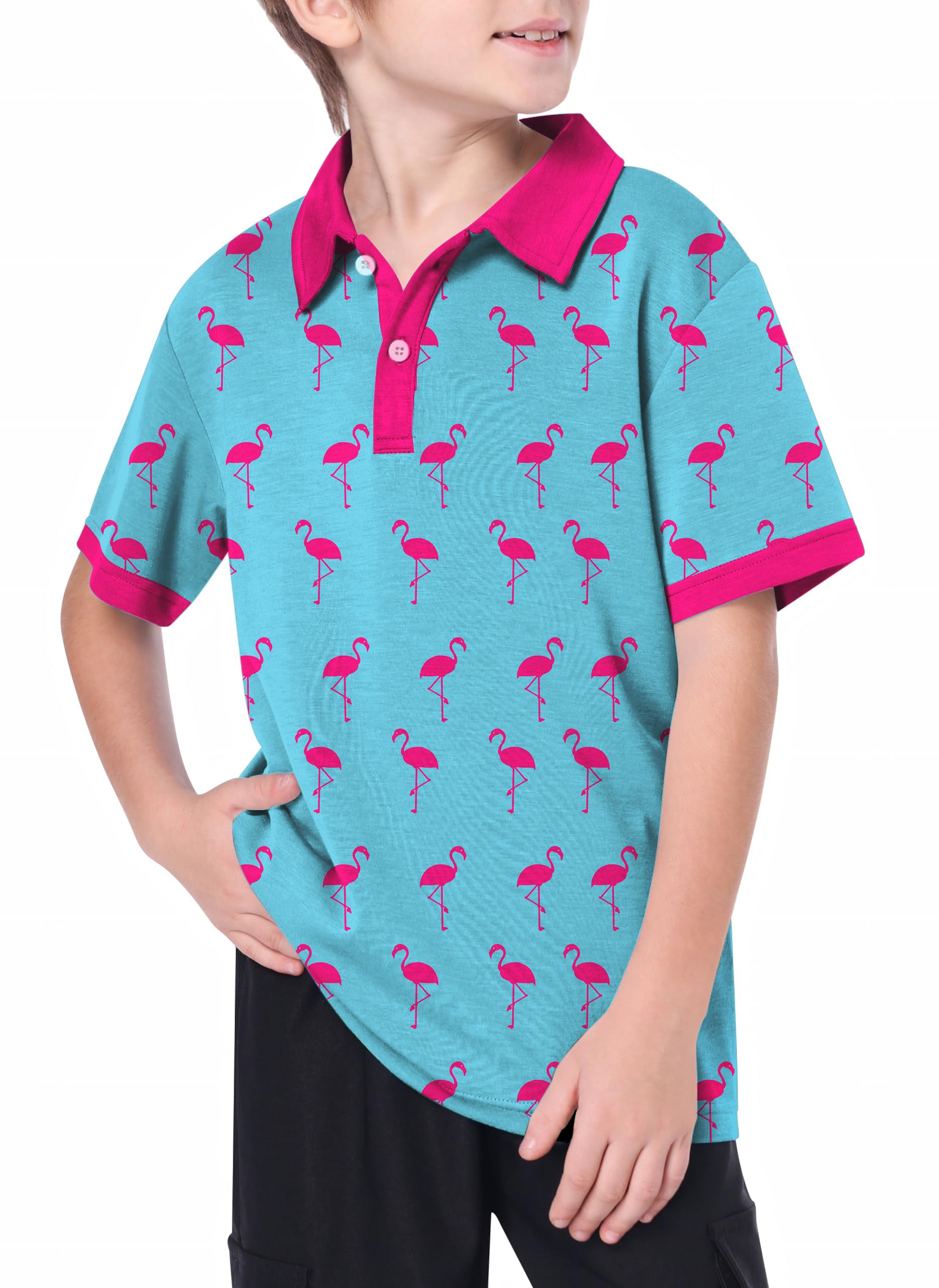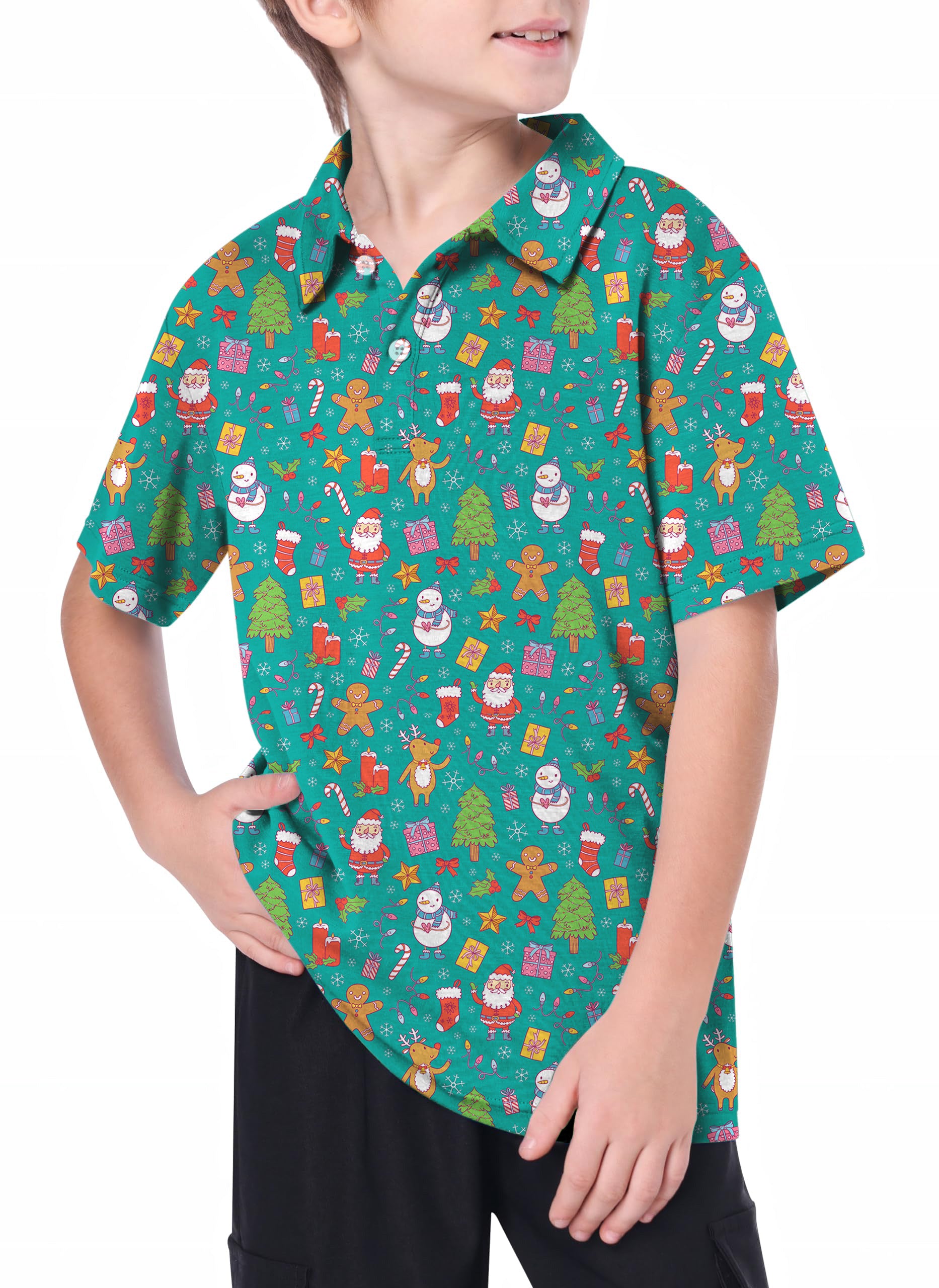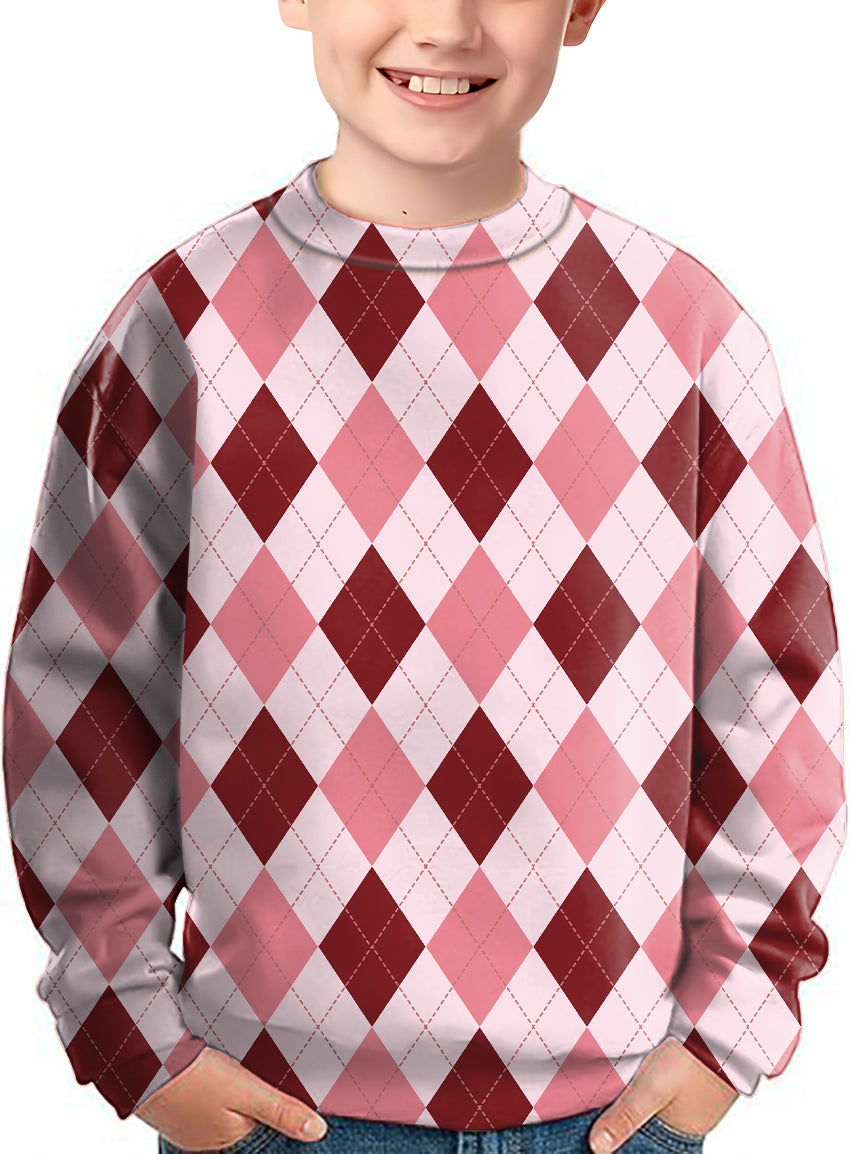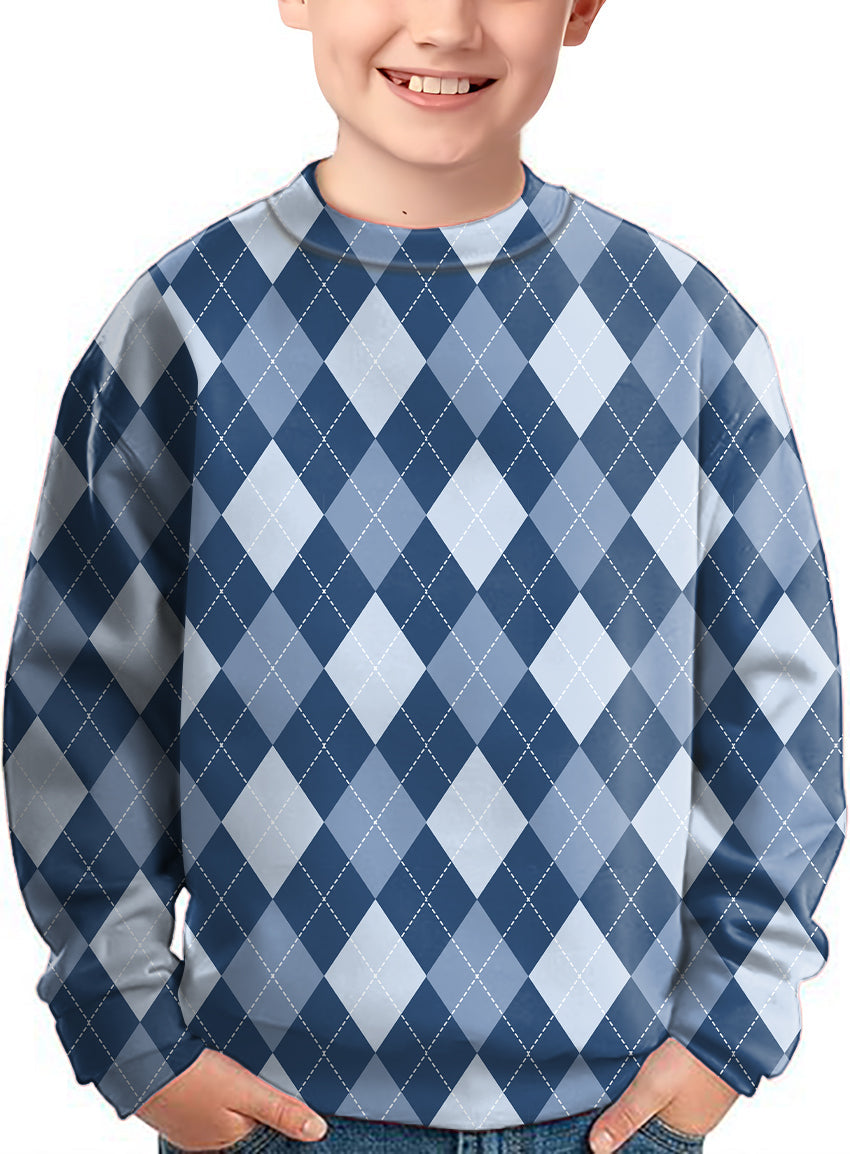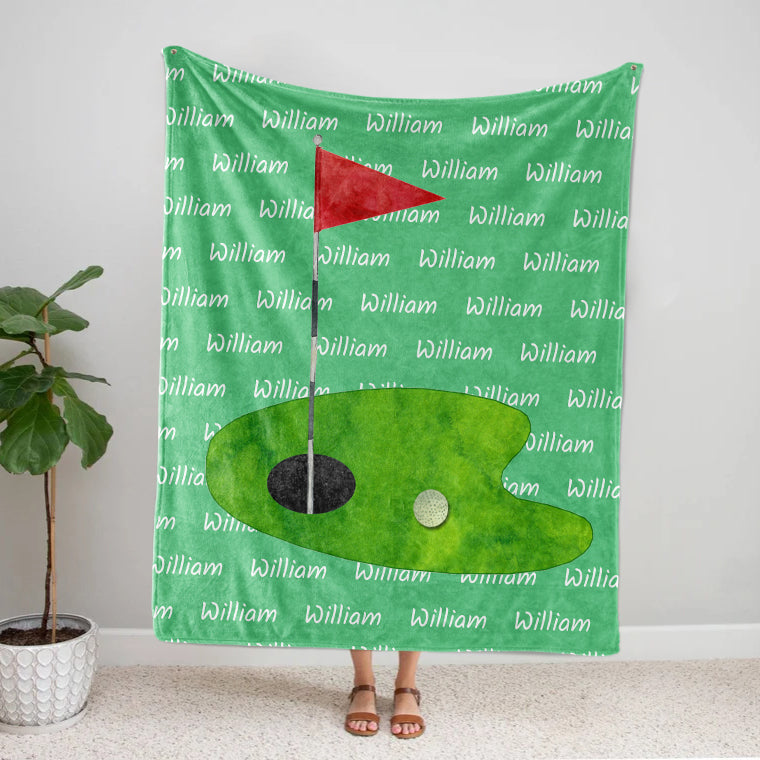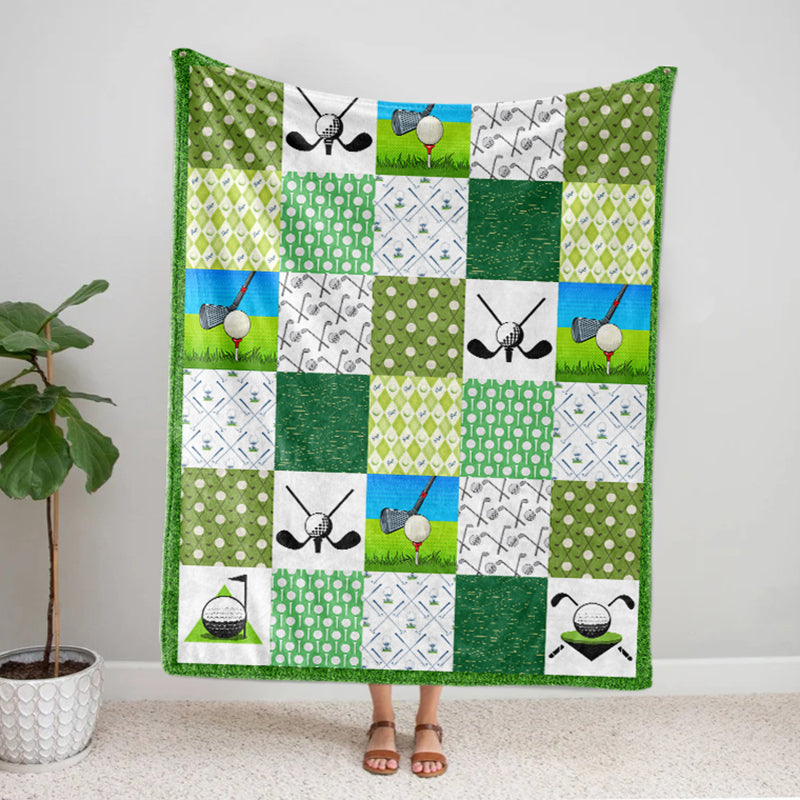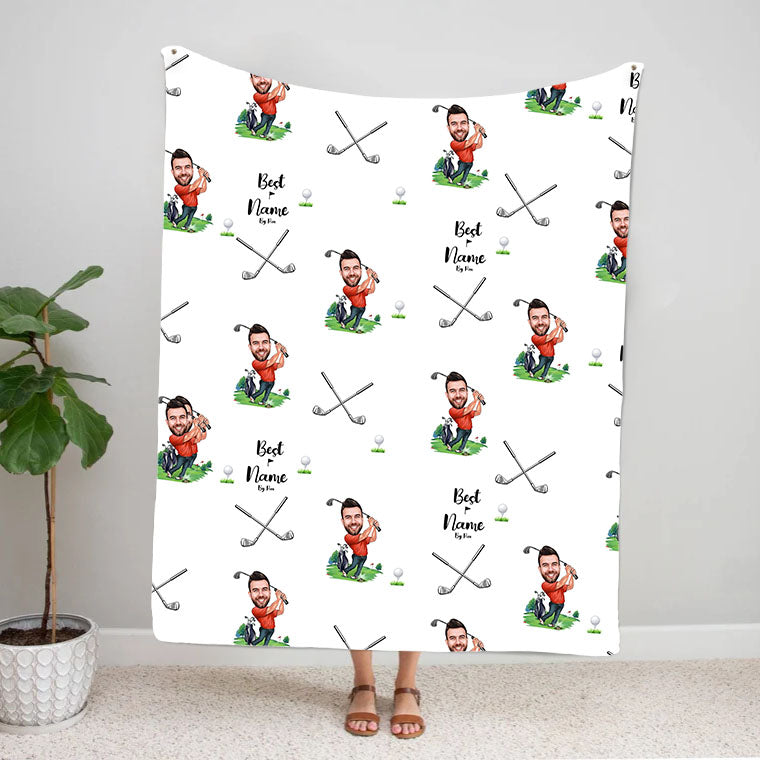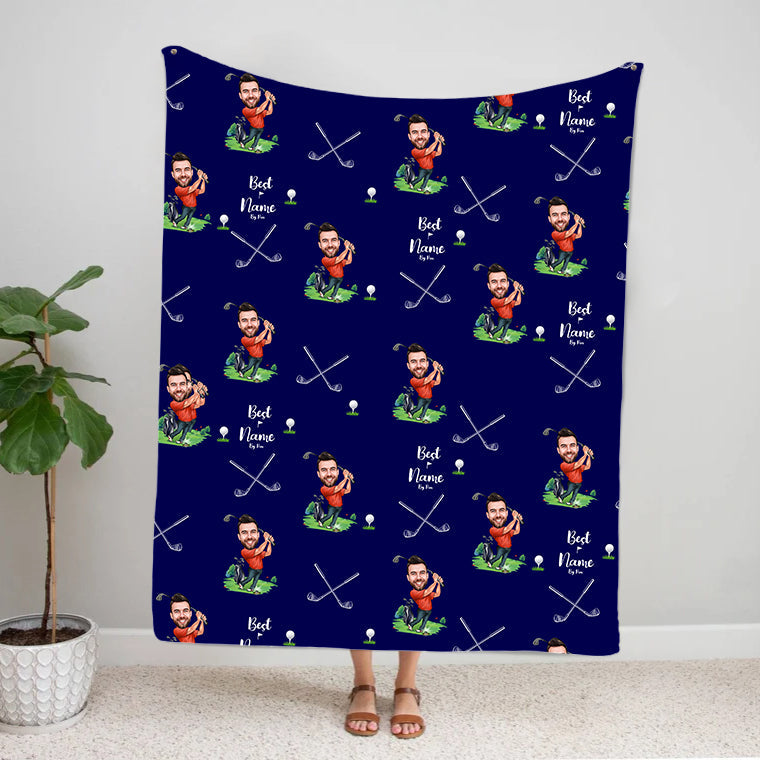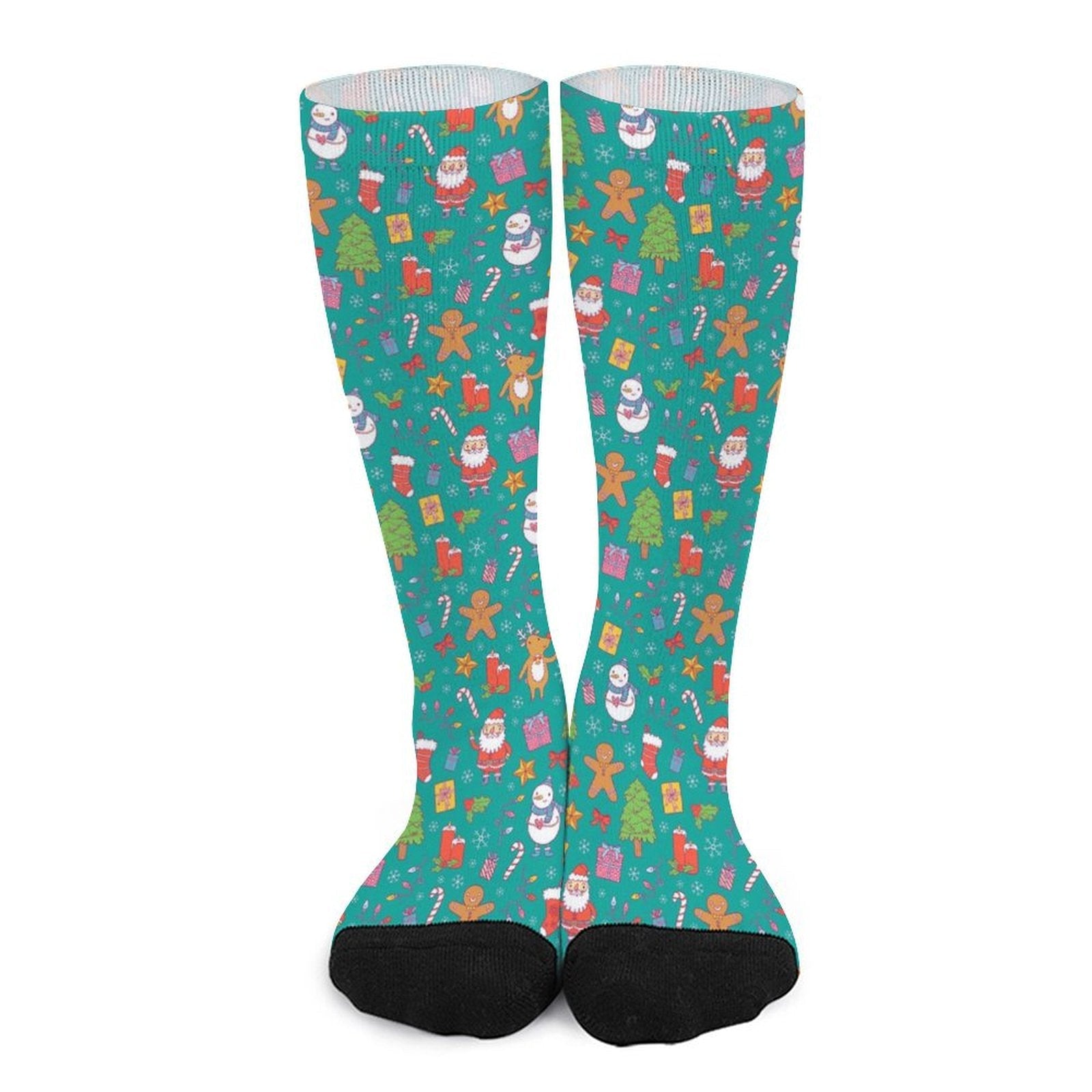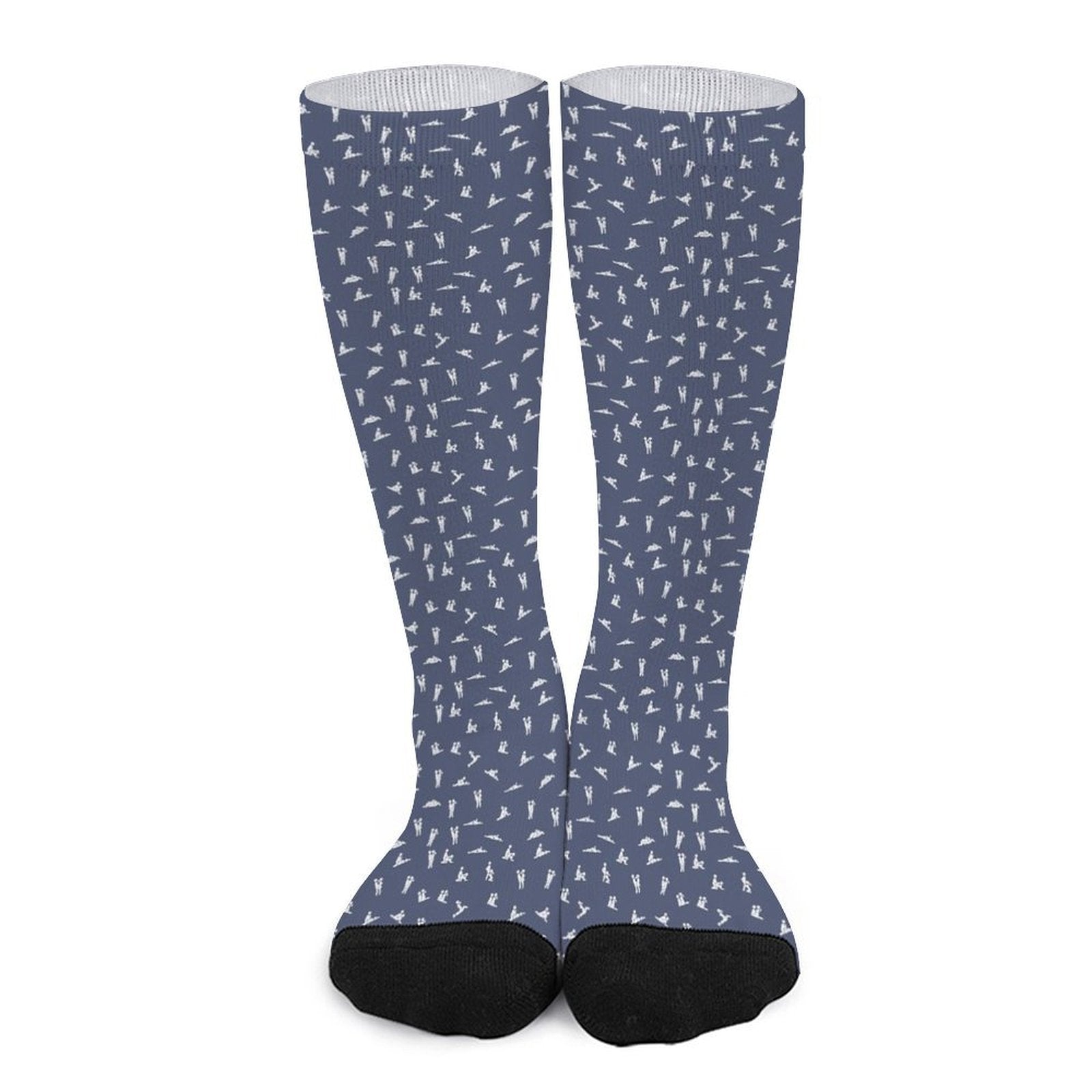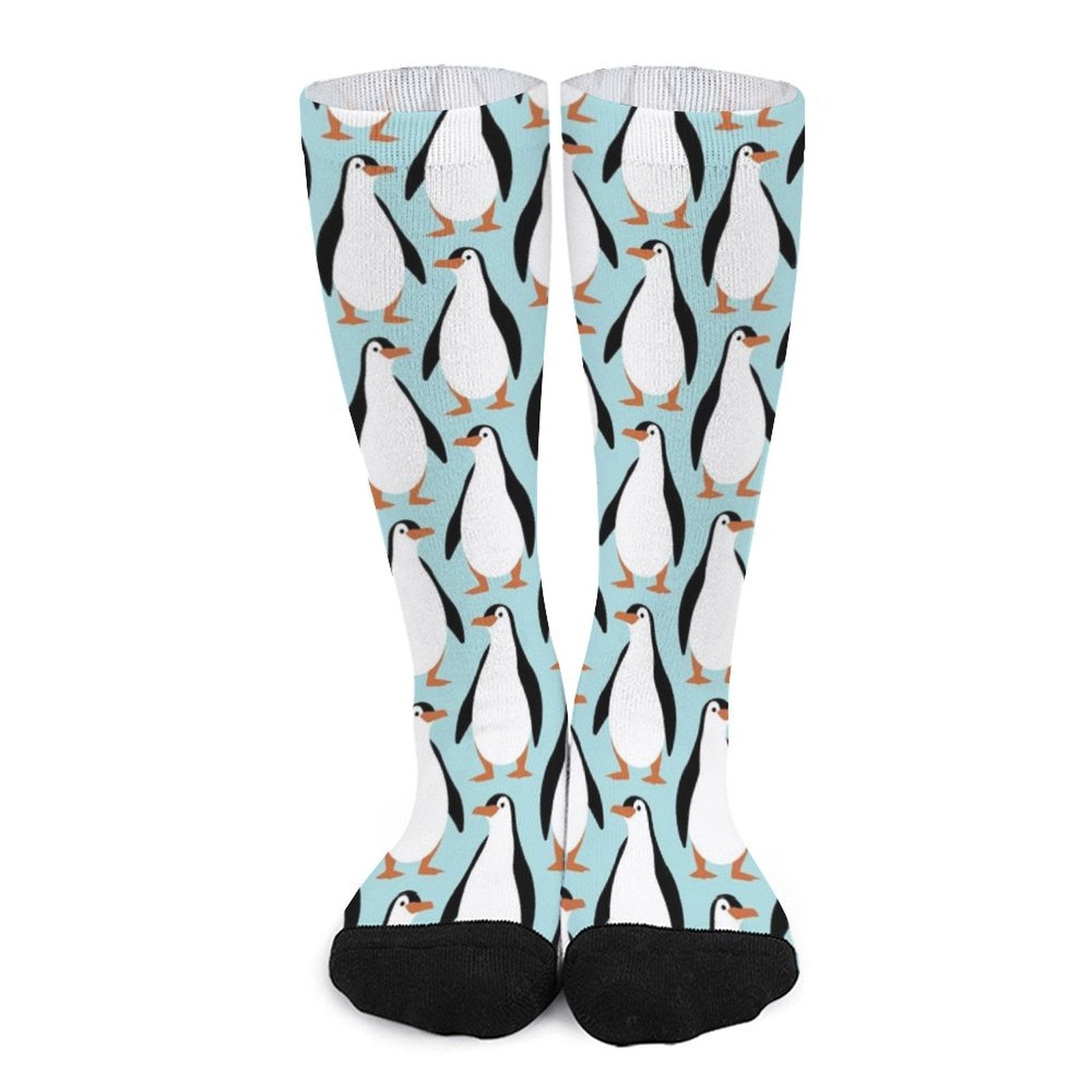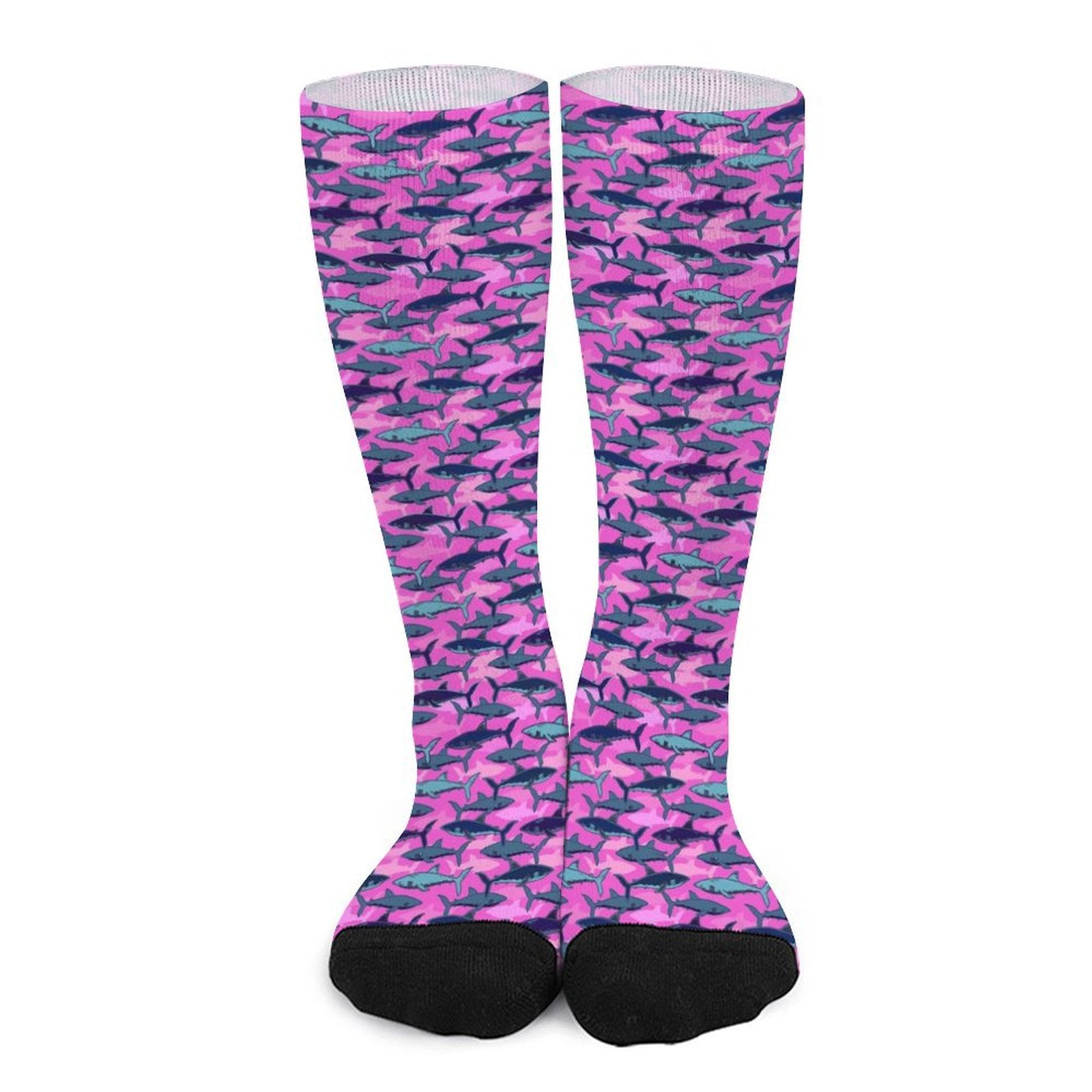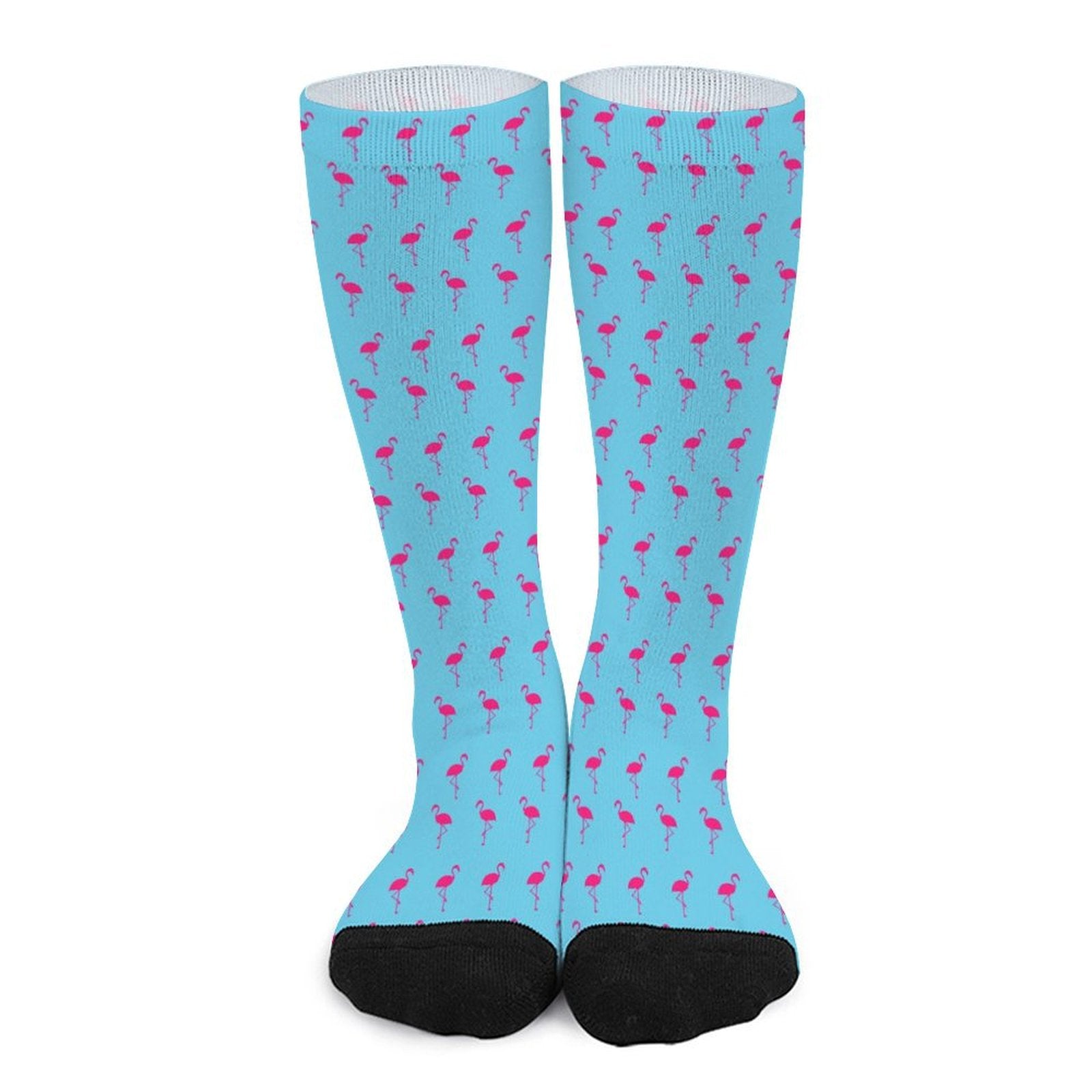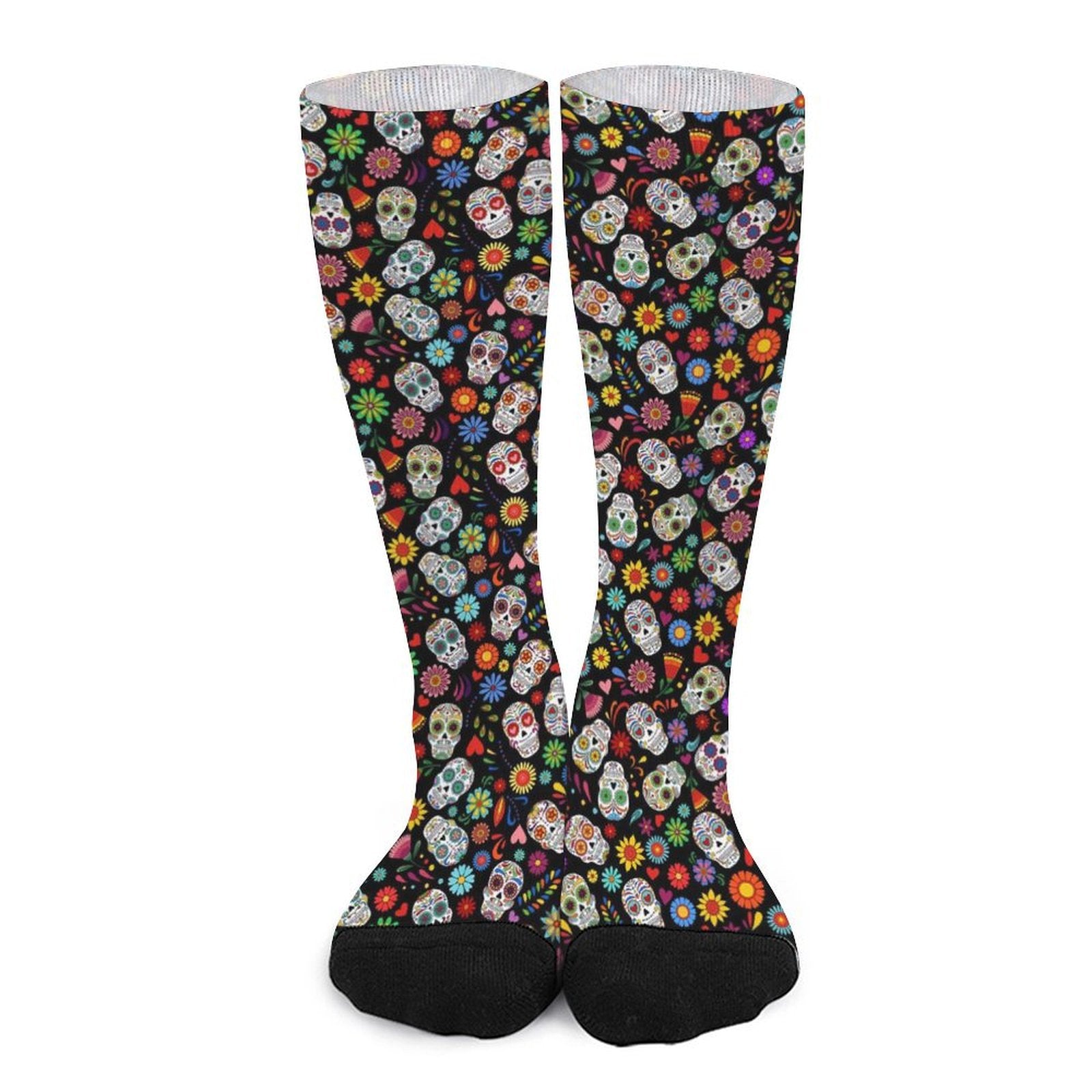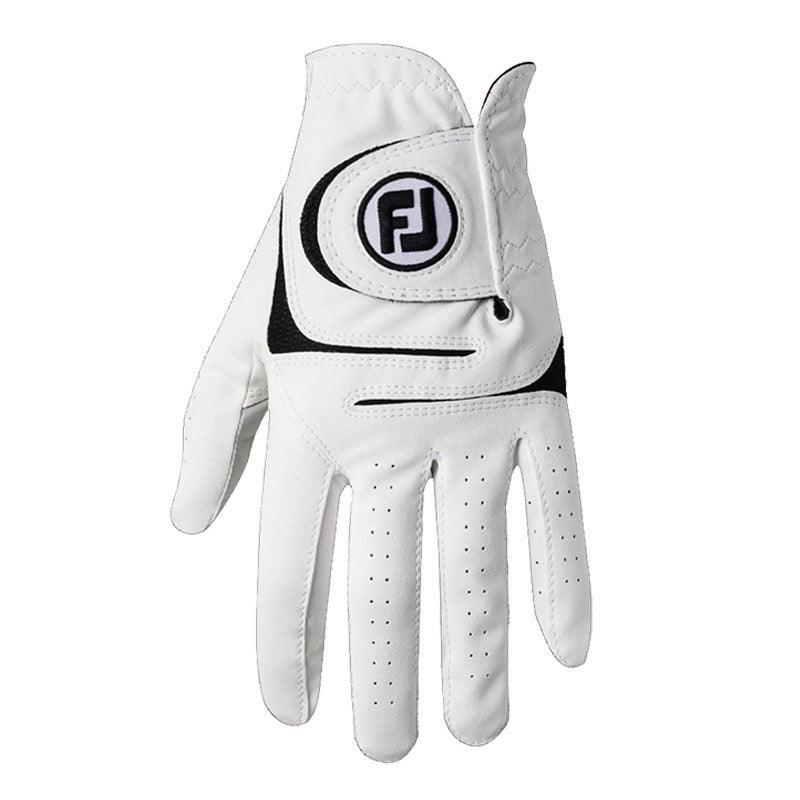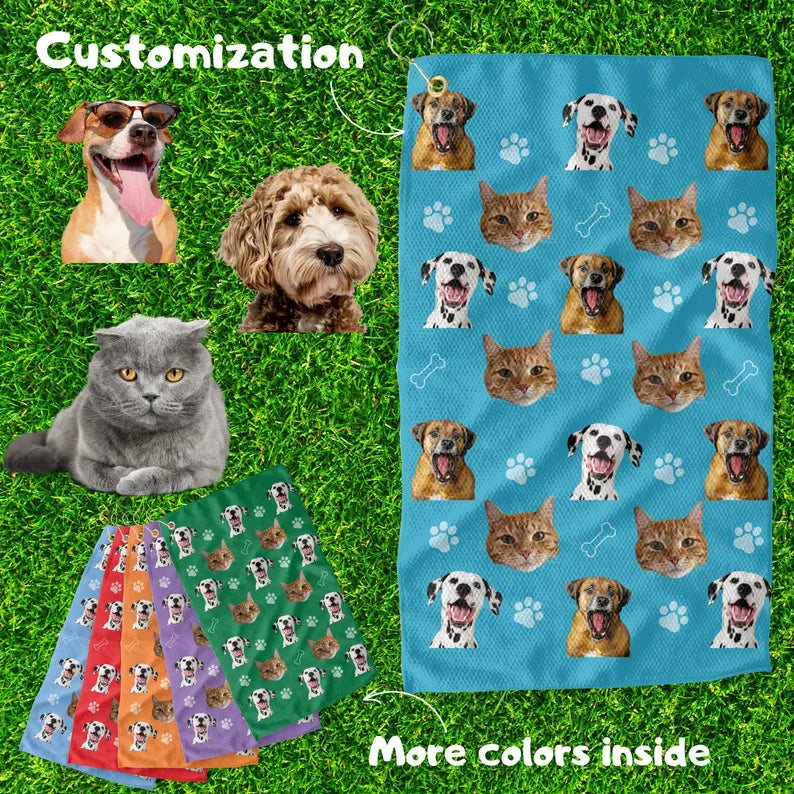
Layering Techniques for Golf: Comfort on the Course
Overview
Layering is essential for golfers to stay comfortable and perform well in varying weather conditions. This guide covers how to choose the right base, mid, and outer layers, as well as accessories to enhance comfort. Effective layering improves temperature regulation, mobility, and protection against the elements, allowing you to focus on your game regardless of the weather.
Frequently Asked Questions
1. Why is layering important for golfers?
2. What should I look for in a base layer?
3. What materials are recommended for mid layers?
4. What features should an outer layer have?
5. What are some essential accessories for effective layering?
Golf is more than just a game; it’s a full-day experience that takes you outdoors in varying weather conditions. Whether it's a chilly morning, a warm afternoon, or an unexpected drizzle, being comfortable on the course can significantly affect your performance and enjoyment. Enter layering techniques—your secret weapon against uncomfortable weather. In this guide, we’ll explore how to create the perfect layering system for golf, helping you stay snug and flexible throughout your round.
Understanding the Importance of Layering
Layering is all about versatility. It allows you to adapt to changing temperatures and activities, keeping you comfortable whether you’re warming up on the range or walking the course. Here’s why layering is essential for golfers:
- Temperature Regulation: Layering helps you control your body temperature.
- Mobility: Proper layers allow you to swing freely without restriction.
- Weather Protection: Layers can shield you against wind, rain, and cold.
- Convenience: You can easily add or remove layers to adjust for changes in the weather.
Choosing the Right Base Layer
What is a Base Layer?
The base layer is the first layer of clothing you should put on when heading to the course. It sits directly against your skin and is vital for moisture management. A good base layer should
- Wick away moisture to keep you dry
- Fit snugly but comfortably
- Be made of breathable fabric
Materials Matter
When selecting a base layer, consider the material. Here are a few popular options:
- Polyester: A synthetic option that dries quickly and allows for breathability.
- Merino Wool: A natural fiber that provides great insulation while remaining breathable.
- Compression Fabrics: These provide support and muscle recovery while keeping moisture at bay.
Building Your Mid Layer
The Role of the Mid Layer
The mid layer is what provides insulation and keeps you warm. Its primary function is to trap heat close to your body while still allowing moisture to escape. A good mid layer should:
- Be breathable and moisture-wicking
- Provide enough freedom of movement
- Layer well without adding bulk
Popular Mid Layer Options
Some effective materials for mid layers include:
- Fleece: Soft, warm, and lightweight, fleece makes for a popular mid-layer choice.
- Lightweight Insulators: Jackets made from down or synthetic fills offer excellent warmth.
- Softshell Fabrics: These are both wind-resistant and breathable, making them perfect for transitional weather.
Shielding with the Outer Layer
Why an Outer Layer is Necessary
The outer layer acts as your first line of defense against external elements. This layer should be weatherproof, blocking wind and rain while remaining breathable. Look for outer layers that:
- Are water-resistant or waterproof
- Allow for breathability to prevent overheating
- Have a good range of motion
What to Look for in Outer Layers
When you shop for an outer layer, consider these features:
- Windbreakers: Ideal for breezy days, the windbreaker is lightweight and easy to pack away when not in use.
- Waterproof Jackets: These are perfect for those drizzly days on the course, keeping you dry and focused on your game.
- Layered Shells: These sporty jackets can serve as both windbreakers and rain gear, depending on how you layer.
Accessorizing Your Outfit
The Forgotten Elements
Don’t forget that layering doesn’t stop with clothing. Accessories can play a crucial role in keeping you comfortable throughout your round. Consider the following:
- Hats: Protect your head and face from sun and rain.
- Gloves: Keep your hands warm and dry for optimal grip.
- Neck Gaiters or Scarves: These can add warmth and protect against the wind.
- Extra Socks: A change of socks can be a real game-changer if your feet get wet.
Layering Tips for Different Weather Conditions
Cold Weather Layering
When temperatures drop, layering becomes even more critical. Here’s how to layer effectively:
- Start with a moisture-wicking base layer to keep sweat off your skin.
- Add a thermal mid layer for insulation.
- Finish with a windproof, water-resistant outer layer.
- Don't forget your accessories—wear a hat, gloves, and neck warmer.
Warm Weather Layering
On warmer days, it’s crucial to stay cool while still being protected. Here are some tips:
- Opt for lightweight, breathable fabrics for your base layer.
- Wear a light mid layer that can be easily removed.
- A short-sleeve or sleeveless outer layer helps with airflow.
- Consider a wide-brimmed hat for sun protection.
Windy Days Layering
Wind can disrupt your game, so maintain flexibility with your layers:
- Invest in a breathable base layer that won’t trap heat.
- Select a mid layer that provides insulation without bulk.
- Your outer layer should be wind-resistant but still allow for movement.
- A collar can provide extra protection against the wind.
Benefits of Smart Layering
Beyond comfort, effective layering on the golf course comes with numerous benefits. Let’s explore some of them:
- Enhanced Performance: Being comfortable allows you to focus on your swing rather than whether you’re too hot or cold.
- Increased Playability: Unpredictable weather won't force you to cut your round short.
- Style and Confidence: Feeling good in what you wear can boost your confidence on the course.
- Longevity: Quality layers can extend the versatility of your wardrobe.
Layering Do's and Don'ts
Essential Do's
- Do choose moisture-wicking fabrics for your base layer.
- Do experiment with different layer combinations to find what works best for you.
- Do pay attention to fit; clothes that are too tight can restrict movement.
- Do include accessories to protect extremities from temperature extremes.
Important Don’ts
- Don’t wear cotton as your base layer; it absorbs moisture and stays wet.
- Don’t layer without considering the temperature fluctuations of your location.
- Don’t stick to a single set of layers; rotate to manage wear and tear.
- Don’t forget to check weather forecasts before heading out.
Final Thoughts: Elevating Your Game with Layering
Layering effectively can enhance your golf game by keeping you comfortable, allowing you to focus on what truly matters—your performance. By understanding the components of an effective layering system, you’ll be prepared for any weather condition Mother Nature throws your way. Don’t let discomfort hold you back from enjoying a beautiful day on the course. Invest in a layering system that works for you, and you'll find that your time spent playing golf becomes even more enjoyable.

